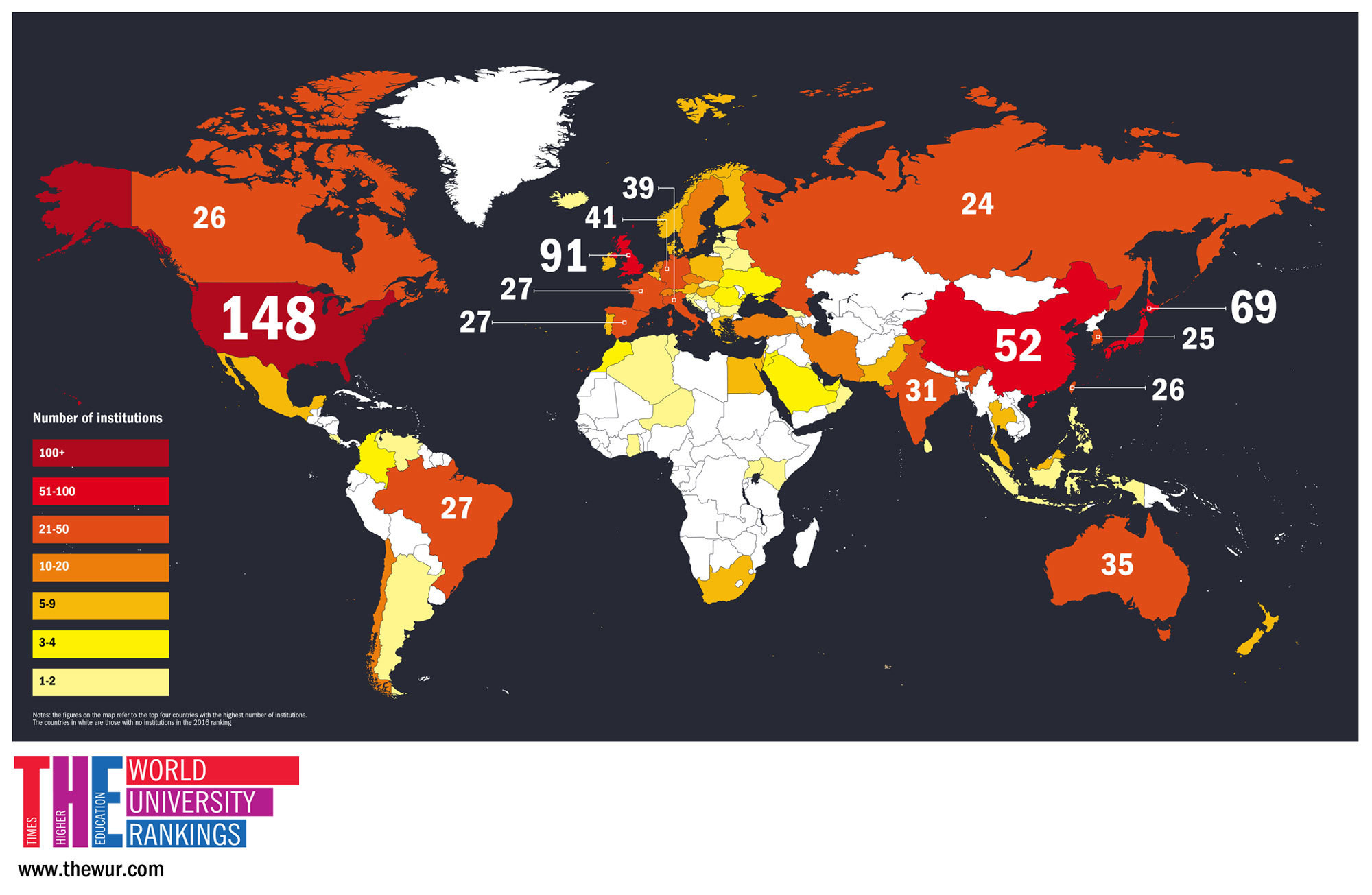It is the first time that a university from outside the United States has topped the table. It leapfrogs last year’s number one, the California Institute of Technology, and becomes the first new number one in six years. CalTech is number two. Before we look at what this means, here’s the top 10.

Remarkably, vice-chancellor of the University of Oxford, Louise Richardson, describes the practice of securing the number one spot as “really quite simple”. It’s all about recruiting the best scholars, she says, since “any university is only as good as the academics it can attract”.
And she's right – at least in part. Research performance and academic reputation form a huge part of what makes an institution successful.
But the Times Higher Education rankings are the most comprehensive global rankings going, drawing on 13 separate performance indicators and assessing institutions on their core missions – not only research, but also teaching, knowledge transfer and international outlook.
This allows universities that excel in measures such as staff-to-student ratio, international research collaboration, and income from industry to perform well in the rankings too, and the result is a global ranking that celebrates excellence in higher education across the world. This map shows the range of countries that have an institution in the table this year.

So what do these rankings tell us about the global academic landscape? Times Higher Education has been publishing rankings since 2004, and the 13 datasets published since then tell the story of higher education’s evolution.
Despite Oxford’s headline-grabbing rise to the top of the pile, the rankings’ upper echelons are remarkably stable. While the top two institution’s swapped places, all of the institutions from third down to ninth remain exactly the same year on year. The University of Chicago also hold on to its position (10th) although it is joined this year by the University of California, Berkeley, which rises three places.
Once again, it is the US that has the most institutions in the ranking (148) followed by the United Kingdom (91), Japan (69) and China (52). But it is when you cream off the top 200 positions that you perhaps get a better picture of where the world’s truly elite universities are based.

Here you can see that while China has overtaken everyone but the US, the UK and Japan, when all 980 institutions are considered it slips down to number 10 in the top 200 list. The established European giants – Germany, the Netherlands, Austria, Switzerland – may have fewer institutions in the overall table, but the calibre of their universities is clear to see.
However, although Western countries continue to dominate the top tier, Asia is becoming increasingly visible as a higher-education power. It is a trend that is well established: since the first rankings were published, Asia’s position has been steadily gaining momentum.
China (mainland) takes four places in this year’s top 200 – up from two last year. South Korea also has four, the same as last year, but every one of its top 200 institutions has climbed to a higher position. Hong Kong, for the record, has five top 200 universities, compared with three in last year’s table.
A big reason for this is money. East Asia, in particular, has invested heavily in higher education in recent years. But reputation also plays a huge part. The Times Higher Education reputation scores are allocated based on 20,000 responses from academics across the world. Year on year, more of them are naming Chinese institutions as the best universities in their field.

The Times Higher Education tables are independently audited, and received aclean bill of health from PricewaterhouseCoopers earlier this year. You can seethe full methodology here, which explains how the results are pulled together, and you can explore the full 2016-2017 ranking here.
Fonte: Aqui







